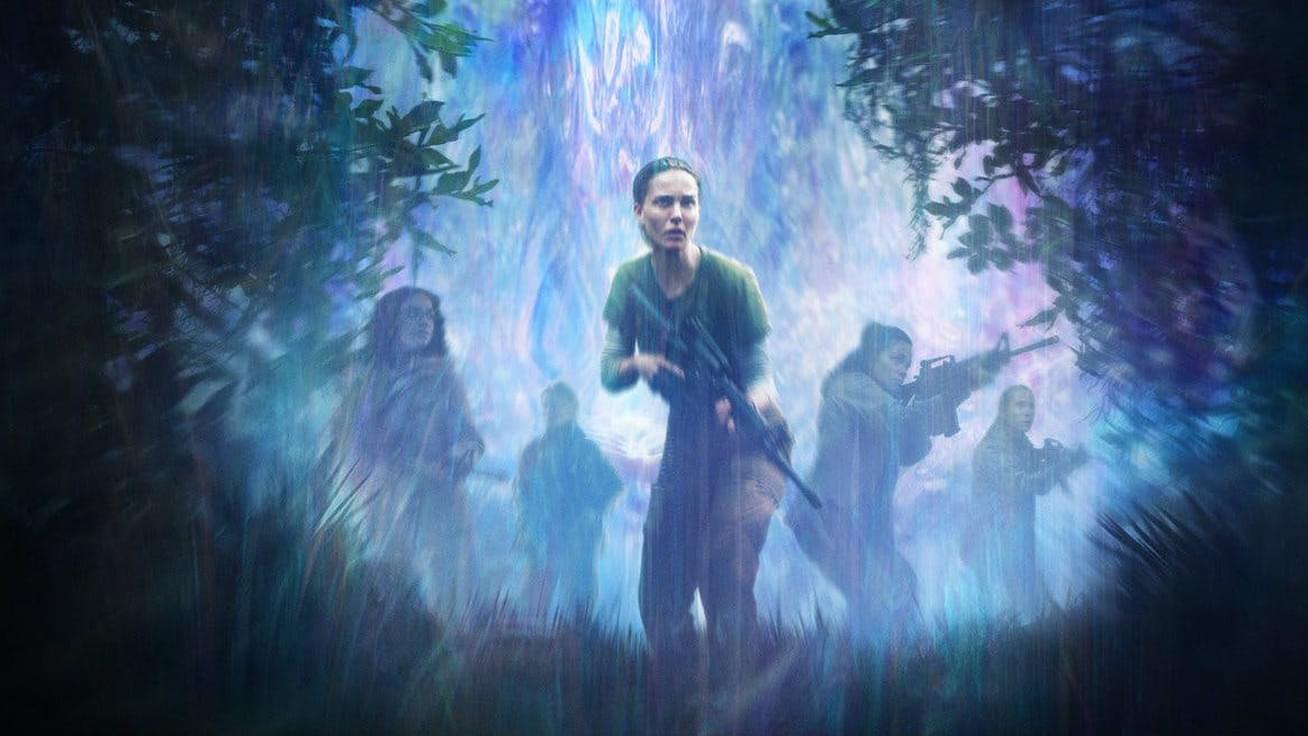“ANNIHILATION” AND “EVERY DAY”: ADAPTING THE UN-ADAPTABLE
To call Annihilation an adaptation is probably generous. The film stands far apart from the novels. A major discrepancy is The Biologist, who is described in the second book Authority:
“The biologist’s hair had been long and dark brown, almost black, before they’d shaved it off. She had dark, thick eyebrows, green eyes, a slight, slightly off-center nose (broken one, falling on rocks), and high cheekbones that spoke to the strong Asian heritage on one side of her family.”
So they cast…Natalie Portman. As someone of half Asian descent myself, I lament the missed opportunity to have an Asian actress or actress of Asian descent portray a leading character in a major Hollywood film . Garland has responded to the white-washing criticism by saying the second book wasn’t published when he was in the process of adapting the first. They came out within 3 months of each other, so I find that a flimsy excuse at best.
However, the characters in the onscreen version of Annihilation, as well as the entire third act, differ so greatly from the written version that it might have been a stronger excuse to simply say: “this is a different interpretation and the source material only influenced it so much.”
On the other end of the adaptation spectrum comes Every Day, based on Young Adult novel (of the same name) by David Levithan. The protagonist of the book is an entity known as “A” who wakes up every day in a different body. The novel is also written from a subjective first person, making unreliable narrators the en vogue protagonists of this week at the box office. The concept behind Every Day sounds like a Black Mirror episode (or a very dark take on Quantum Leap) but is actually surprisingly earnest.
The film adaptation could have been disastrous, cheesy, or dull. However, the paranormal conceit actually allows it to explore race, gender identity, mental illness, and sexuality in an unexpectedly profound way.
I don’t think there’s a right or wrong way to adapt a novel when filmmakers take on challenging material. Either method still leaves much open to the audience to interpret, and that is the joy of moviegoing.
This article originally appeared on KFOG.com on February 23, 2018.
|
|
|
